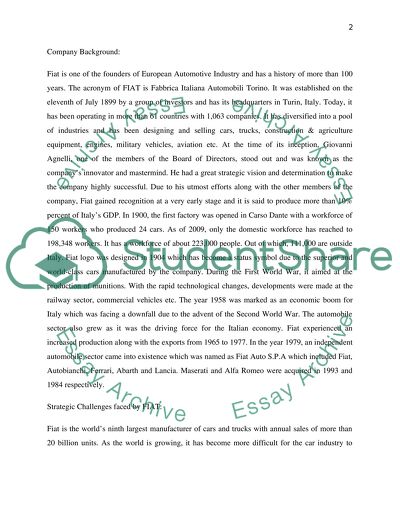Cite this document
(“Fiat Assignment Example | Topics and Well Written Essays - 3500 words”, n.d.)
Retrieved from https://studentshare.org/family-consumer-science/1415146-fiat
Retrieved from https://studentshare.org/family-consumer-science/1415146-fiat
(Fiat Assignment Example | Topics and Well Written Essays - 3500 Words)
https://studentshare.org/family-consumer-science/1415146-fiat.
https://studentshare.org/family-consumer-science/1415146-fiat.
“Fiat Assignment Example | Topics and Well Written Essays - 3500 Words”, n.d. https://studentshare.org/family-consumer-science/1415146-fiat.


